By Emil McHarsky, Lawyer, Academic and contributor at Spectrum Legal Consulting Law Blog. Legal, Software and Defence Industries.
The current procurement competition for the Hellenic Navy is probably the most interesting procurement program on the planet right now, not least because the Greeks have managed to force the crème de la crème of Western Naval manufacturers into a competition of rarely seen competitiveness. As a result, we are afforded a glimpse into the cutting edge of the participant companies portfolios, with the list including Fincantieri, Naval Group, Damen, Lockheed Martin, Babcock, ThyssenKrupp (TKMS) and until recently, Navantia.
The Naval rearmament program comes at an especially sensitive time for the Hellenic Navy, the Hellenic Republic and the Eastern Mediterranean. On the operational side, the Hellenic Navy (HN) is facing the need to rapidly modernize, as well as the imminent departure (for upgrades) of the Hydra class frigates, with the upgrade forming a part of the overall ongoing procurement program.
To be precise, Greece is looking for 1) 4 new frigates, 2) an Interim solution for ships to replace the Hydra class frigates during their refit and 3) an upgrade package for the Hydra class frigates which will prolong their service life/combat relevance while maintaining maximum possible commonality with the newly bought frigates/interim frigates. This program should be seen in the context of the fact that the Hellenic Navy is planning to compete with the larger Turkish Navy, which plans to add a range of new submarines, frigates and destroyers to its ranks (not to mention the Anadolu Amphibious Assault Ship/mini carrier, the fate of which is uncertain after Turkey’s removal from the F35 program). This competition would be important in normal conditions, but currently the conditions between Greece and Turkey are anything but. This, of course, refers to the sharp disputes between the two countries over EEZ delineation and hydrocarbon exploration in the Eastern Mediterranean, airspace disputes, etc. It suffices to say that tensions are the highest they have been in decades (the jostling has even featured a literal collision between naval vessels of the two countries!).
In that context, it is fair to say (also if one reads Greek defence journalism), that the Hellenic Navy/Republic foresee a tangible likelihood of needing their warships in a real life combat scenario, most probably involving Turkey (this is also the reason behind the lightning fast acquisition of Rafale fighters from France by the Hellenic Air Force). It, therefore, makes sense that the Greek side has pushed its partners to maximise their offers.
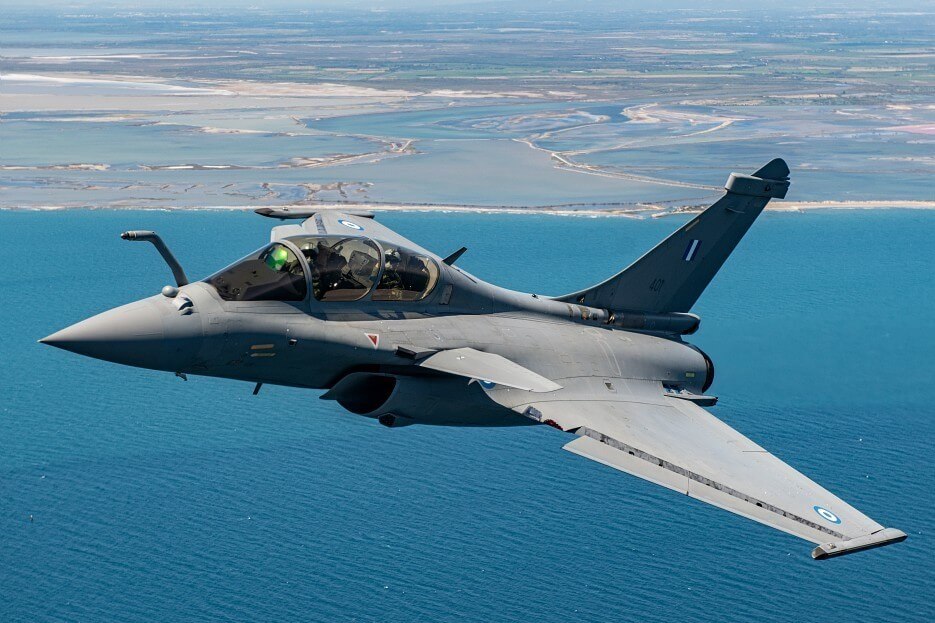
The details of each proposal have been discussed at considerable length by many publications, but perhaps none more so by the Greek Ptisi & Diastima and its sister site, Naval Defence. In order to avoid unnecessary duplication, hugely detailed analysis of each proposal will therefore be avoided here. Instead this article will provide a basic overview and then focus on some issues which have not been explored in sufficient depth.
The proposals
What should be kept in mind is that the Greek navy is looking for three things as stated above, but while each country has come up with a complete package (apart from, perhaps, Italy), the Greek Navy decided recently that it will not necessarily award all three parts of the competition to the same country/manufacturer. This actually has important implications.
The Greek Navy released an interim grading of the frigate designs submitted in a tier system, with Sigma 11515HN, FDI HN and FREMM (Bergamini) in the top tier, and HF2, AH140 and MEKO A200 in the second tier. It should be noted that there was is also a third tier with discarded proposals, including a paper based proposal from Gibbs & Cox for a Mini-Burke style ship, a paper based proposal from TKMS for a MEKO A300 design and a Navantia proposal including the F110 – an outstanding ship (possibly the most capable offered to Greece) which was however discarded allegedly over budgetary concerns and/or Spain´s alleged closeness with Turkey, which the Greeks found unpalatable (the latter point, if true should also immediately disqualify any German proposal).
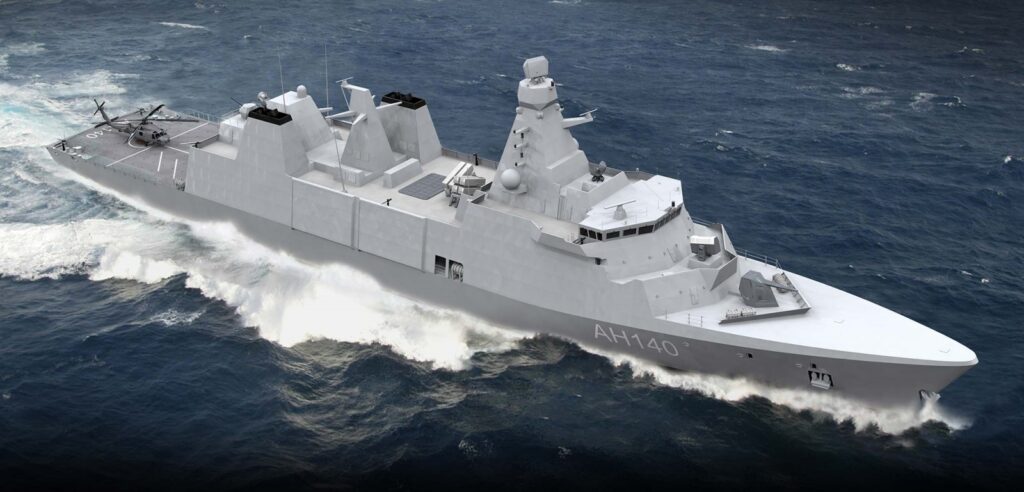
The Dutch SIGMA proposal is more or less tailored to match everything the Greeks want – cutting edge radar (APAR 2 and SM400 combo), electric propulsion (important for ASW), possibility of using SM-2 for area defence, full range sonar suite, STRALES, ECM and up to 32 VLS cells (including strike length, allowing for Tomahawk use), to name the main points of interest on the Greek side. Its downsides include the fact that it is a variation on established designs by Damen, but this precise ship has not been built yet, making it at least partially a paper based design. There are other concerns which will be explored below. What strengthens the Dutch bid further is that they have an outstanding intermediate solution including either the sale of excellent Karel Doorman class frigates or rapid construction of lighter well equipped SIGMA designs. Moreover, the Greek Navy has long experience in using Dutch designs.
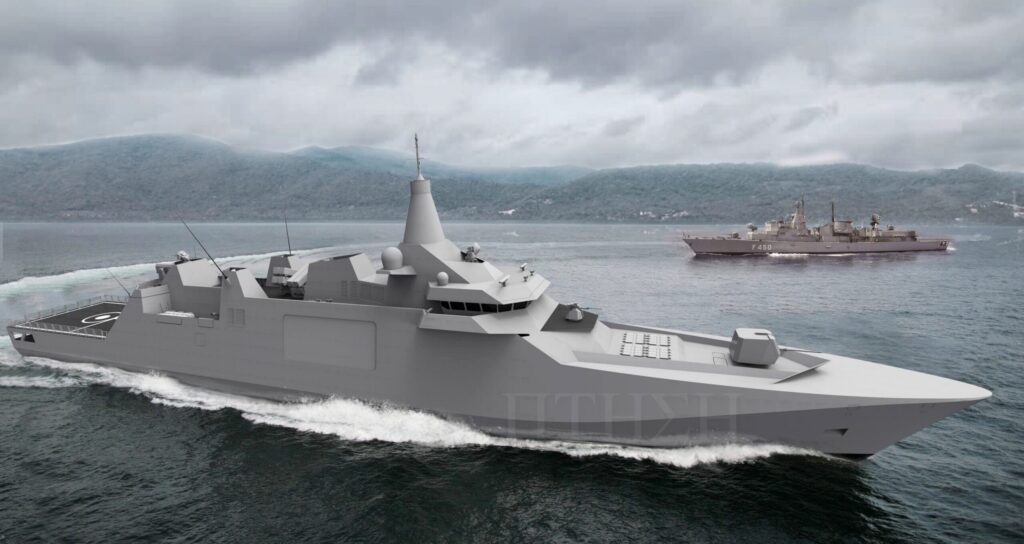
The FDI-HN, an up-gunned version of the FDI for the French Navy, is also an outstanding ship. It features the similarly cutting edge Thales SeaFire500 radar, up to 32 VLS cells, full range sonar suite and even the possibility of launching the MdCN cruise missile.
The FDI HN falls down in some areas, including lack of ECM (which Naval Group tried to explain by arguing it is unnecessary while French Navy ships do have ECM – this is also argued to be partially addressed by the SeaFire 500´s EW capabilities) as well as inflexibility borne out of the use of French only equipment and the SYLVER VLS launchers. In addition, the French interim solution based on the frigates Jean Bart and Latouche-Tréville is inadequate, since those ships are underequipped to put it mildly. The French proposal does however benefit from the currently outstanding relations between Greece and France.

The Italian proposal with the FREMM Bergamini design is a dark horse, since the Italians released almost no information until recently, but have apparently proposed something like a mix of the ASW and GP variants of the Italian Navy FREMM design. That makes it in one stroke, the best design in the competition since it has everything required (Kronos Grand Naval radar, full range ASW capability, electric propulsion, up to 32 VLS cells, ECM), including the benefit of being a class of ship selected by significant range of other navies, including the US Navy.
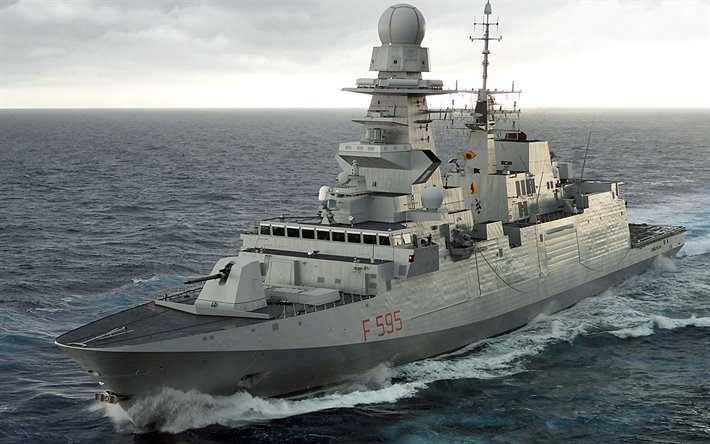
It should be noted, that all three top-tier designs share the capability of providing area defence (FDI and Bergamini with Aster 30 missiles and SIGMA with the SM-2).
Turning to the second tier proposals, first up is Lockheed Martin´s HF2. A Helenicised version of the MMSC (and the oft maligned LCS), it features a capable AESA radar (TRS4D), the AEGIS derived COMBATASS CMS, significant EW/ECM capabilities and a unique level of integration with the MH-60R ASW helicopter which the other ships offered cannot match. The ship however is more notable for what it lacks, including a hull mounted sonar (relying only on VDS) and sufficient VLS cells, with the HF2 being able to accommodate only 8 MK41 VLS plus some add on single cells. It should be noted that the ship is offered with either ESSM or CAMM, both of which can be quad packed, hence even its 8 cell VLS provides 32 missiles.

It should be recalled that the FDI-HN for instance has 32 VLS cells, but due to the absence of quad packing, the ships also only accommodates 32 missiles. Granted, however, that the Aster 30 missiles of the FDI-HN are a higher level missiles than the ESSM or CAMM, thus giving the FDI-HN the advantage over the HF2. The HF2 lags further behind other designs which are capable of carrying more MK41 cells and even behind the Italian design which also uses SYLVER but appears to contemplate quad packing CAMM (this is possible, but the CAMM is not a French missile and hence unlikely to be integrated into the FDI-HN). The HF2 therefore, appears to be uniquely under armed when compared to other proposals, even if not objectively under armed (as depending on planned roles, its armament may nevertheless be sufficient). The HF2, further, has one advantage which may be important for Greece. Notably, it is promoted as being cyber hardened and generally excels in the EW/ECM domain. This is important in the Greek context, because Turkey is notably advanced in EW and deploys potent EW systems across its forces, including land, air and navy. This makes the HF2 more interesting when compared to, for instance, the FDI-HN, which lacks ECM.

Considering the AH140, it is the second largest ship in the competition at 5700t (after Bergamini) and therefore has considerable growth potential. Similarly to the Royal Navy Type 31, it’s a modified Danish Iver Huitdfeldt class ship, but significantly under equipped by comparison. Whereas the Danish ship features the APAR and SMART-L radars, the AH140 for Greece apparently comes with the NS200 radar – an excellent GaN enabled AESA radar, albeit a rotator. In terms of VLS, the ship is allegedly offered with 16 MK41 VLS for 64 CAMM/CAMM ER, but there is possibilities up to 32 Strike Length MK41 VLS cells allowing area defence with SM-2 (which would however require MFR) and land attack with Tomahawk (with the price of the ship increasing as the armament level increases). Currently the AH140 is said to be one of the cheapest proposals, but this seems to be based on the bottom level sensor/armament mix – presumably the price would increase significantly the closer one gets to the Iver Huitfeldt level in terms of radar and missile mix, although granted, that ship is known to be cheap too. The reason for the low price of the IH however is, inter alia, the use of COTS equipment which has given pause to some commentators, who argue the ship is not fully “military”. This is something which the Greek Navy would need to asses, given that it is unclear to what degree COTS is also used in AH140. Another issue with the AH140 is concern that it is a poor ASW ship, due to allegedly poor noise reduction measures (driven by cost cutting). This matters less if Greece opts for the Type 23 for the interim solution, which excels in the ASW role. If however, they go for something else, the AH140s poor ASW ability is more problematic.
Lastly, we have the MEKO A200 from TKMS. An established and flexible design, with the possibility of adding virtually anything the customer desires..and that is as much as we know, since the German side has failed to provide any significant public information about their proposal. It is therefore hard to rate, but it suffices to say that current examples of the MEKO A200 in use, are generally underwhelming in terms of radar and missile equipment when compared to the top tier ships in the competition and the AH140, although still arguably represents a ship with more flexibility and growth potential than HF2 (albeit lacking some of the cutting edge features that HF2 has). The A200 can arguably be tailored to become anything the customer wants, but that will have knock on effects on price.
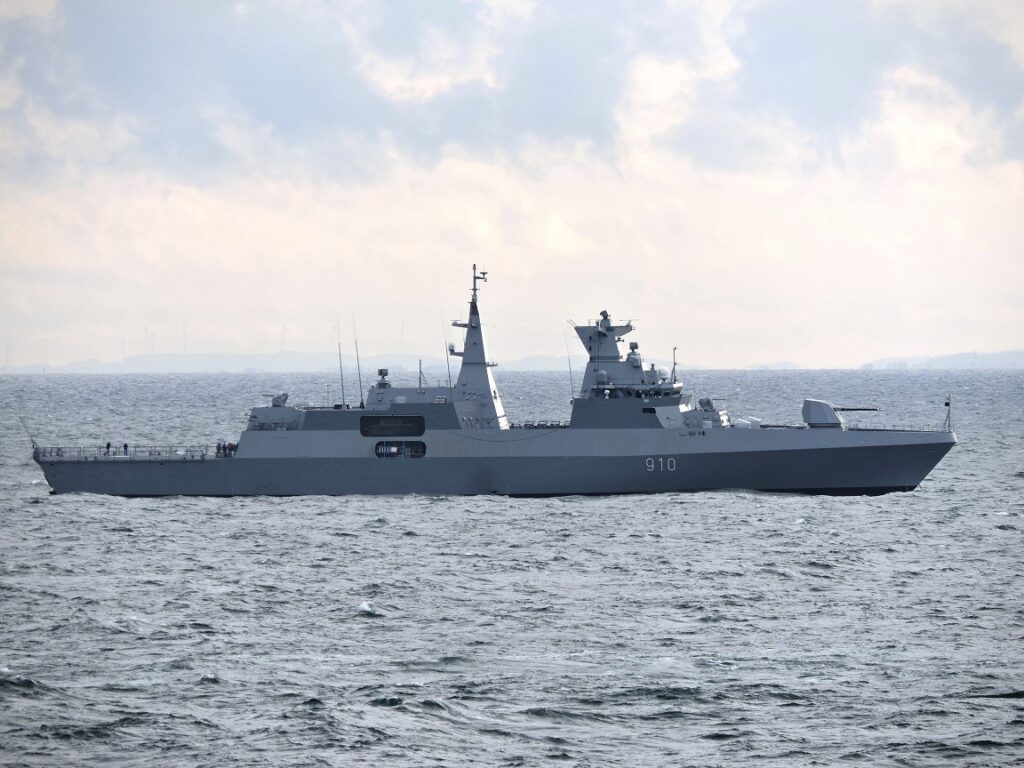
The choice for Greece
Having all the above in mind, what is the correct choice for Greece? The best suited to answer that is of course the Greek Navy since they understand their operational needs better than anyone else could and are also in possession of full information on each bid. Nevertheless, a few hopefully useful comments can be made here.
First, similarly to previous posts discussing the Bulgarian Navy procurement process, the point can be (re-)made about the need to clarify a ship´s purpose before buying it. Is Greece looking for ASW specialism, area defence, land attack/power projection, all of the above or none? If Greece is looking for newer vessels which can survive saturation attacks and conduct very good (though perhaps not top) ASW work, the HF2 is more than fine and at a compelling price point. If Greece is looking for area defence capabilities, the options include Bergamini/FREMM, FDI-HN, SIGMA 11515HN and an upgunned (and up-radared) AH140. If ASW specialism is asked for, then FREMM/Bergamini, SIGMA 11515HN, HF2 and possibly MEKO A200 are the options. If it is land attack – FDI-HN, SIGMA 11515HN and the upgunned AH140 are the clear choices (although Bergamini could clearly fulfil that role as well, with extra cost).

In addition to considering role, it is also arguably relevant to consider the provenance of the design in several ways. For instance, the MEKO and SIGMA lines are export only designs which the Netherlands and Germany do not adopt for their own navies. Rhetorical gymnastics by the manufacturers aside, it is hard to not suspect that they are not at the same “level” as designs adopted for interior use. In that context it is noted that the HF2 (as LCS), FDI, FREMM/Bergamini and the AH140 are all adopted by their home states for their own navies. We can make of that what we will. Of those four, the HF2 and the AH140 are not adopted as top tier combatants but in sea control/”show the flag” roles, which arguably informs their design philosophy. While the AH140 is derived from the Iver Huitfeldt, which is adopted in the Danish Navy, it will be observed that the Danish Navy is not what one might call a “warfighting navy” in the same vain as the Royal Navy, USN or the French Navy are, which may also inform the design philosophy, hence the COTS approach. The FDI and FREMM on the other hand are designed from the keel up as their respective nation´s fighting pride – this has to carry for something.
The “warfighting navy” concept may be worth considering further (and in fact, this applies to all branches of the military) – forces which frequently engage in real combat have the opportunity to learn lessons and fine tune designs as a result of those lessons. Some ships (or tanks, IFVs etc) may be excellent designs on paper, but lack something in practice. This need not necessarily be so, but there is a more than passing possibility that designs from nations with recent combat experience may be more functional and more appropriate for the Greek Navy, which is contemplating real combat, rather than being a parade force. Such consideration would lean the analysis in favour of designs from the US, UK and France, subject to all the additional considerations above. In that context it should be remembered that the Italian Bergamini design is being adopted by the USN as the Constellation class. Similarly, it is perhaps surprising that Greece did not solicit further designs, particularly from nations which design their vessels under similar threats/pressure – notably Japan and South Korea. The Japanese Mogami Class and South Korean Deagu FFX-Batch II(and III) designs arguably have much potential which could be tailored well to Greek needs. Moreover, it is surprising why (unless it was done quietly) the Italian Doha Class Corvette and especially Thaon di Revel Class (in full configuration) designs were not actively explored, since they seem to match various Greek needs (from interim solution to the Frigate role in the latter case).

Naturally, Greece will consider the totality of options and proposals and this crucially also includes interim solution proposals. We know much less about those than for the main frigates, but we do know that the best available options are either new SIGMA frigates from Damen, Karel Doorman class from the Dutch Navy and especially the Type 23 from the Royal Navy. Some suggestions have been made that the USN could release a Ticonderoga as an interim solution which would be an interesting proposition. If Greece was able to foot the bill of operating such a ship, it could depopulate a large part of the Turkish Air Force, but that is a BIG “if”. Based on what is known, the best interim solution for the Greek Navy is arguably upgraded Type 23s, since they are the most capable ship on offer and crucially, due to their outstanding ASW abilities, free the Greek Navy´s hand to select a new frigate which is not an ASW specialist, such as either the AH140 or the FDI-HN. The FDI-HN will however not mix well with the Type 23 due to the inflexibility on the French side in terms of subsystems and weapons (everything must be French).
If the Greek Navy is serious about wanting a homogenous fleet, it seems the best options are to not mix and match, but select either the full UK or Dutch proposals, since they interplay well. It is also possible that the Type 23 may mix with the SIGMA 11515HN or the Bregamini/FREMM, since Damen and Fincantieri are more flexible, but it remains to be seen whether the British would be willing to release the Type 23 without a purchase of the AH140.
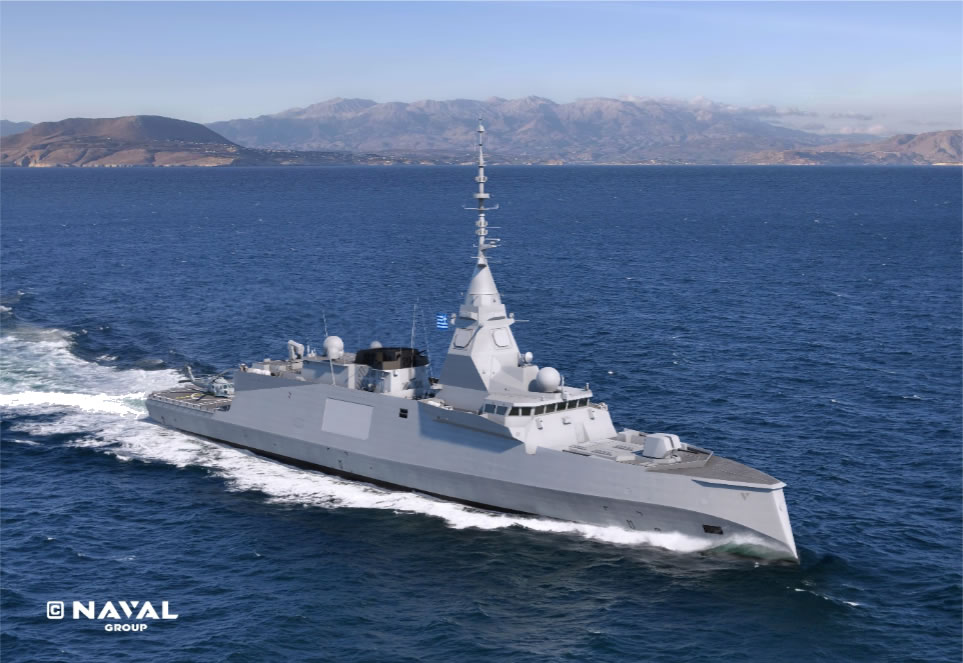
If talking about individual designs, without doubt the best ship available is the Italian Bergamini/FREMM – depending on costs and interplay with a possible interim solution, selection of the Bergamini would arguably provide the most military potency to the Greek Navy. Assuming, however, that the interaction between that design and the other requirements of the tender is unworkable, it is suggested that the Greek Navy would need to weigh concerns about the AH140 design(ASW, possibly COTS issue) against concerns about the SIGMA family (export only, not adopted by warfighting navies) and based on that consideration choose between the full British or full Dutch proposal (unless a Type 23/ SIGMA 11515HN mix is an option). The US and German options arguably require more public information to be evaluated – the US option about their interim solution approach and the Germany option about everything. The French FDI-HN is an outstanding ship (as good or better than most in the competition) but is hamstring by the lack of a serious French interim solution and inflexibility in terms of weapons and subsystems. If the latter part could be resolved, then the FDI-HN would also be a top contender alongside the Bergamini/FREMM.
Check out Naval Library App to find out the specifications of frigates.


Emil McHarsky:
LinkedIn: https://www.linkedin.com/in/emilmcharsky/
Twitter: https://twitter.com/EMcharsky
Spectrum´s:
Website: www.spectrumlegalconsulting.co.uk
LinkedIn: https://www.linkedin.com/company/spectrum-legal-consulting/?viewAsMember=true
Twitter: https://twitter.com/legalspectrum

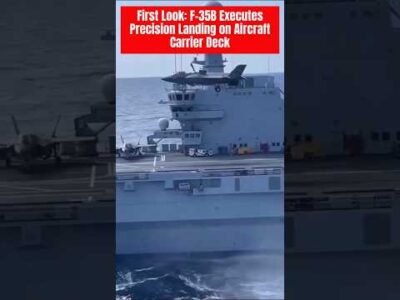
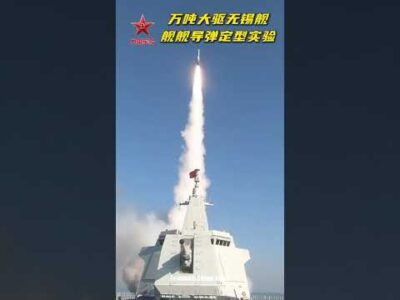












Comments